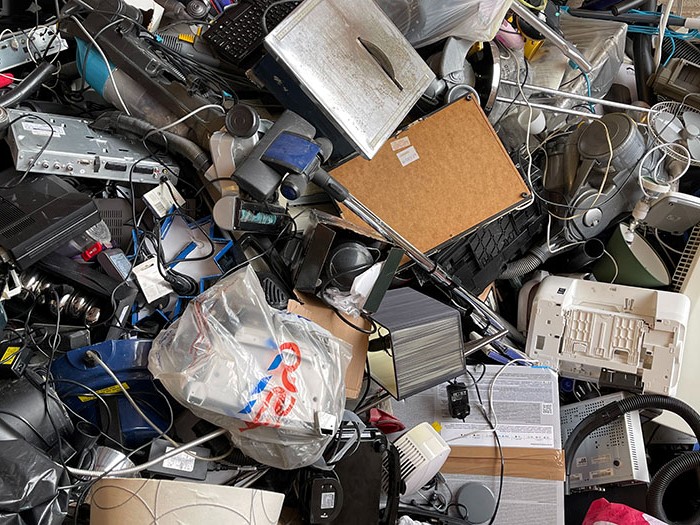It is estimated that, only in Europe, 1.2 million tons of plastic mixtures are generated from the treatment of waste electrical-electronic equipment (WEEE), a type of polymer that is highly difficult to recycle.
Waste from electrical and electronic equipment, including black plastics (WEEE), represent a major problem for recycling, because the machines used to sort plastics have problems detecting them. This is why the European project PLAST2bCLEANED seeks to develop a sustainable recycling process for plastic scrap and black plastics that is technically and economically viable.
In this project, which began in 2019, the Gaiker Technology Center participates, which has been in charge of developing a new method for the identification and classification of WEEE plastics.
Since the start of the program, Gaiker has researched and developed an improved method to specifically identify and separate ABS (Acrylonitrile Butadiene Styrene) and HIPS (High Impact Polystyrene) plastic waste, including black, from other plastic fractions. present in WEEE streams.
To achieve this, the center studied the technique of Raman spectroscopy (a very efficient technique to determine the chemical composition and molecular structure of compounds) combined with data analysis tools to classify and separate these plastics from a stream of WEEE with a high content of retardants. brominated flame, which today is not recovered and its final destination is incineration.
A study on WEEE plastics
Currently, together with the TNO (project leader), Gaiker is evaluating different data analysis techniques based on machine learning methods (artificial intelligence that, through algorithms, gives computers the ability to identify patterns in massive data and make predictions).
The center has also evaluated chemometric models, based on multivariate analysis, which make it possible to identify and classify WEEE plastics based on their Raman spectral data. In order to develop the method of identification and classification of WEEE plastics, the technical requirements of recyclers are being taken into account, on the one hand, in order to obtain a viable method that will be implemented at an industrial level in the future to improve current production processes. WEEE recycling, and on the other hand, the requirements of the end users of recycled plastics, so that the recovered plastics have sufficient quality and can be used in the manufacture of new products.
It should be noted that the PLAST2bCLEANED project has been funded by the European Union within the Horizon 2020 research and innovation framework program. It has also received funding from the European Commission’s Horizon 2020 research and development program under contract number 821087.

